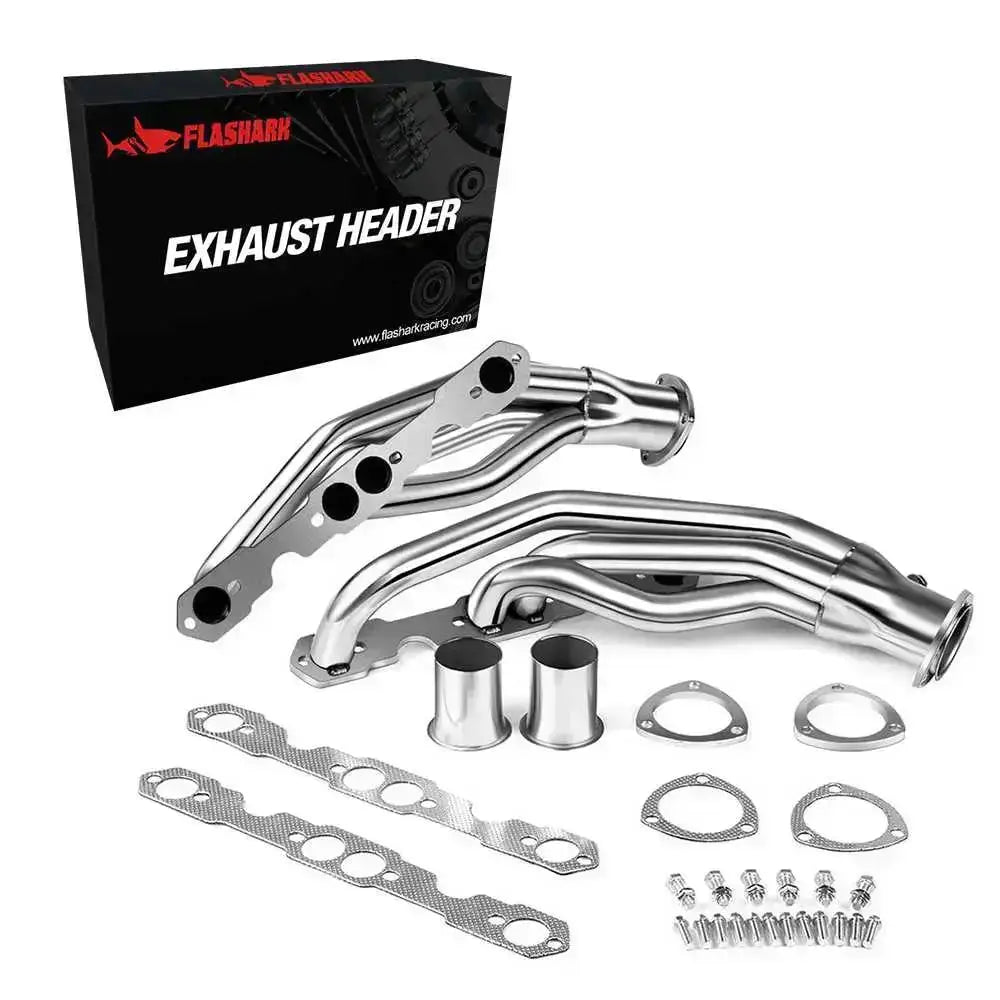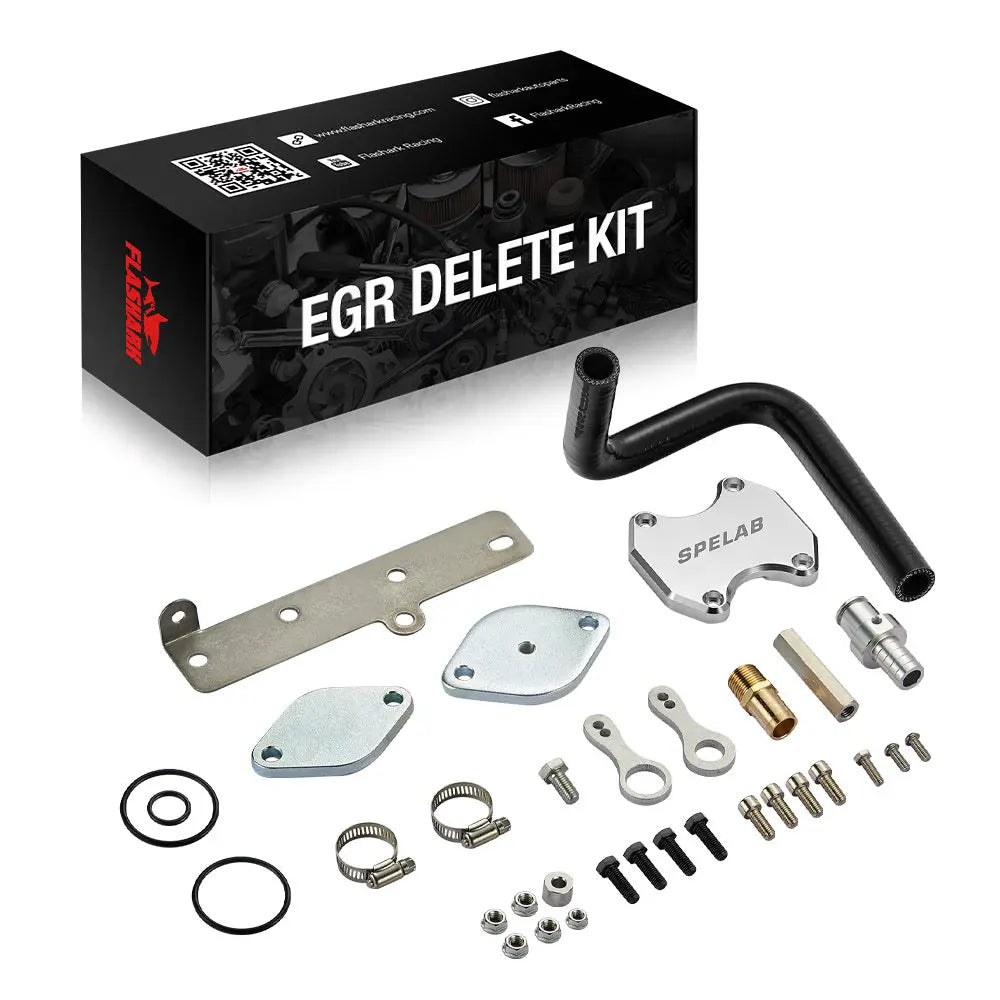When modifying a vehicle's suspension, a common question arises: Will harder coilover damping prevent bottoming out? This question often comes from car enthusiasts looking to improve the performance and handling of their vehicles, especially when modifying coilover suspension systems. The answer lies in understanding how coilover damping works, what bottoming out means, and the relationship between damping and suspension travel.
In this article, we’ll break down the mechanics of coilover dampers, explain the concept of bottoming out, and explore how adjusting damping settings can potentially solve the problem. Additionally, we will discuss other suspension adjustments and offer insights into how to fine-tune your setup to avoid bottoming out.
What is Coilover Damping and How Does It Work?
Coilovers are adjustable suspension components that allow drivers to modify their vehicle's ride height and damping characteristics. Damping refers to the resistance applied by the shock absorber to the suspension’s movement. This resistance helps to control the motion of the vehicle's springs when they compress or rebound, ensuring a smooth and controlled ride.

There are two main types of damping in a coilover system: compression damping and rebound damping.
Compression damping controls how quickly the shock absorber compresses when the suspension is loaded, while rebound damping regulates how quickly the suspension returns to its normal position after compression. Both of these factors are crucial for tuning a suspension system, especially when trying to prevent bottoming out.
What is Bottoming Out in Suspension Systems?
Bottoming out occurs when the suspension reaches the end of its travel, meaning the shock absorber or other suspension components make contact with the chassis or another hard surface. This is often the result of an overly soft suspension or insufficient suspension travel to handle larger bumps or impacts. When bottoming out happens, it can lead to harsh impacts, affecting the vehicle’s stability, handling, and ride quality.
Bottoming out is more common in cars with lowered ride heights or soft suspension settings. When the vehicle’s suspension is too low or too soft, there’s not enough travel in the suspension to absorb impacts from bumps or potholes, leading to potential bottoming out.
How Does Harder Coilover Damping Affect Bottoming Out?
Hardening the coilover damping can help prevent bottoming out by increasing the resistance to compression. A stiffer damping setting reduces the amount of suspension travel, preventing the shock absorber from compressing too far when encountering a bump or sudden impact. In essence, a harder damper setting keeps the suspension firmer, preventing the chassis from making contact with the ground.

For vehicles that are driven aggressively or are used in performance settings, such as on the track or during spirited driving, increasing damping stiffness can significantly improve control and reduce the chances of bottoming out. However, it's important to remember that a stiffer damping setup might make the ride more rigid, which can reduce comfort, particularly on rough roads or for daily commuting.
Benefits and Drawbacks of Harder Coilover Damping
Benefits:
- Improved Handling: Harder damping can significantly improve handling by reducing body roll and ensuring that the wheels maintain contact with the road more consistently, especially during aggressive driving or cornering.
- Prevention of Bottoming Out: A stiffer damping setting prevents excessive compression, thereby reducing the likelihood of bottoming out when the car encounters bumps or dips in the road.
- Better Performance on Track: For those who use their cars for track days or high-performance driving, stiffer coilover damping helps maintain better control and response, improving overall performance.
Drawbacks:
- Reduced Comfort: The main downside of harder coilover damping is the loss of ride comfort. Stiffer settings transmit more road imperfections into the cabin, making the ride feel harsh, especially on uneven or rough surfaces.
- Increased Wear on Suspension Components: A stiffer suspension may place more strain on other parts of the suspension system, such as tires, bushings, and control arms. Over time, this could lead to increased wear and a need for more frequent maintenance.
- Less Forgiving on Daily Roads: For vehicles used as daily drivers, a stiff suspension setup can make it difficult to handle everyday road conditions comfortably. The suspension may struggle to absorb small bumps, making long trips less enjoyable.
How to Adjust Coilover Damping to Prevent Bottoming Out
When adjusting coilover damping, it's best to start with a middle ground. Set both the compression and rebound damping to a moderate level, which is often the default setting for many coilovers. From there, you can adjust based on your needs and driving conditions.

- For Track Use: If you’re tuning for track use, increase the compression damping to make the suspension firmer. This will improve handling and reduce bottoming out during high-speed cornering or braking. Be sure to adjust the rebound damping as well to balance the suspension response.
- For Street Use: If comfort is a higher priority, you can keep the compression damping softer and only slightly increase the rebound damping to maintain control over the suspension's recovery. This allows for a more comfortable ride without sacrificing too much performance.
After each adjustment, it's important to test the vehicle’s handling and comfort to ensure that the setup meets your needs. Finding the right balance between damping and ride height is key to achieving the best performance without compromising comfort.
Other Factors to Consider When Preventing Bottoming Out
While harder coilover damping plays a significant role in preventing bottoming out, it’s not the only factor to consider. Several other suspension components, such as ride height, spring rates, and suspension travel, also influence the likelihood of bottoming out.
- Ride Height: Lowering your vehicle too much can reduce the available suspension travel, increasing the likelihood of bottoming out. Raising the ride height slightly can help maintain suspension travel while still giving you the aesthetic benefits of a lowered vehicle.
- Spring Rates: Soft springs can contribute to bottoming out, even with stiff damping. Adjusting the spring rates to match your damping settings ensures that the suspension is properly balanced to handle bumps without bottoming out.
- Suspension Travel: Adequate suspension travel is essential to avoid bottoming out. Make sure that your coilovers allow enough movement to absorb larger impacts while still maintaining control.
Conclusion: Is Harder Damping the Right Solution for Bottoming Out?
In conclusion, harder coilover damping can help prevent bottoming out by stiffening the suspension and reducing excessive compression. This is particularly useful for high-performance driving or aggressive use where maintaining control and stability is essential. However, it’s important to note that a stiffer setup can compromise ride comfort, especially on rough roads or for daily driving.
To find the ideal setup, it’s crucial to consider not just damping, but also other suspension factors like ride height, spring rate, and suspension travel. By taking a balanced approach to tuning your suspension, you can achieve the desired performance while still maintaining an acceptable level of comfort for your driving needs.


















